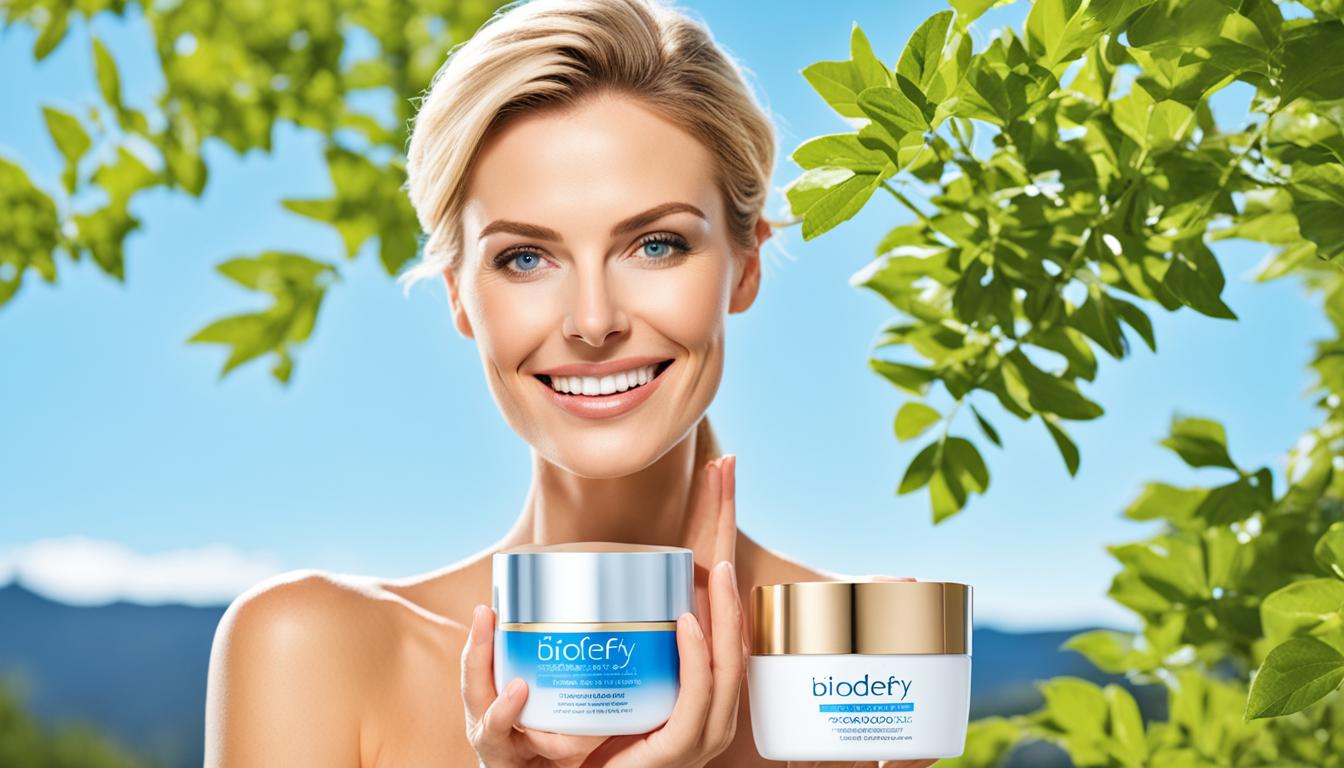The UV index is often misunderstood as the only guide for sun safety, but it doesn’t tell the whole story. Relying solely on sunscreen and UV levels can still leave you exposed, as UV rays penetrate clouds, reflect off surfaces, and vary by skin type and exposure time. To truly protect your skin, you need a combination of clothing, shade, and awareness of your environment. If you keep exploring, you’ll discover more ways to stay safe in the sun.
Key Takeaways
- The UV index indicates radiation strength but doesn’t account for skin type or exposure duration, so it’s not the sole protection measure.
- Sunscreen protects mainly against UVB rays; UVA rays can still cause skin aging and damage without proper shielding.
- Physical barriers like protective clothing, hats, and shade are essential complements to sunscreen for comprehensive protection.
- Surfaces like water and sand reflect UV rays, increasing exposure even in cloudy or shaded conditions.
- Long-term skin safety depends on a multi-layered approach, including protective clothing, shade, and mindful sun habits beyond just sunscreen.

Many people believe that a high UV index always means you’re at immediate risk of sunburn or skin damage, but this isn’t entirely true. While a high UV index does indicate stronger ultraviolet radiation, it doesn’t automatically mean your skin is doomed without extra precautions. This misconception can lead to either unnecessary worry or, conversely, complacency. The reality is that UV exposure’s impact depends on several factors, including your skin type, the duration of exposure, and the protective measures you take. Relying solely on sunscreen isn’t enough for thorough skin safety. Instead, understanding how UV protection works and adopting a multi-layered approach helps you better manage your risk. Wearing broad-spectrum sunscreen is essential, but it’s just one part of a broader skin safety routine. Covering up with protective clothing, sunglasses, and seeking shade during peak hours also play essential roles. Recognize that UV rays can penetrate clouds and reflect off surfaces like water or sand, so even on cloudy days or near reflective surfaces, your skin can still be damaged. That’s why awareness of the UV index is important; it’s a guide that helps you decide when to be more vigilant, but it shouldn’t be the sole determinant of your skin safety measures. Many assume that if they apply sunscreen, they’re fully protected, but SPF only guards against UVB rays, and some formulations may wear off over time. Reapplying sunscreen regularly, especially after swimming or sweating, is essential for maintaining protection. Additionally, don’t forget about UVA rays, which can penetrate deeper into your skin and contribute to premature aging and skin cancer. Combining physical barriers like hats and UPF-rated clothing with sunscreen creates a more effective shield against UV damage. Remember, skin safety isn’t just about avoiding burns; it’s about long-term health. Consistent, thorough protection reduces your risk of sun-related skin problems, even on days with moderate UV levels. New research shows that UV radiation levels can fluctuate significantly throughout the day, so staying informed helps you adapt your protection strategy accordingly. Understanding that UV protection involves more than just sunscreen empowers you to make smarter choices. It’s about creating a routine that minimizes UV exposure and promotes healthier skin over time. So, stay informed about the UV index, but don’t rely on it alone. Use a combination of protective measures tailored to your environment and skin type. That way, you’re actively taking control of your skin safety, reducing your risk of damage, and enjoying the sun responsibly.
Frequently Asked Questions
How Does Clothing Affect UV Protection?
Clothing plays a key role in UV protection because different fabric types offer varying levels of UV blocking. Thicker, tightly woven fabrics like denim or specially treated clothing provide better coverage and block more UV rays. Lightweight, loose-fitting, and darker-colored clothes usually offer more protection than thin, light-colored fabrics. Wearing UV-protective clothing helps shield your skin from harmful rays and complements sunscreen, giving you a more effective defense against UV damage.
Can Window Glass Block UV Rays Effectively?
You might wonder if window glass blocks UV rays effectively. Generally, standard glass provides limited UV protection, but UV glass with special blocking properties, or glass coatings, can markedly reduce UV transmission. Window treatments like UV-blocking films or curtains also help. To maximize protection, consider upgrading to UV glass or applying effective coatings, especially if you’re exposed to sunlight through windows frequently.
Are There Natural Remedies for Sun Protection?
Like a knight’s shield, herbal sun remedies and dietary antioxidants can boost your natural defenses against UV rays. While they aren’t foolproof, incorporating antioxidant-rich foods and herbal supplements into your routine supports your skin’s resilience. These natural remedies work synergistically with sunscreen, helping to reduce damage and promote healthy skin. Remember, no method replaces sun-smart habits, but these options can serve as helpful allies on sunny days.
How Does Skin Type Influence UV Risk?
Your skin type influences UV risk because skin sensitivity varies with melanin levels. If you have lighter skin, lower melanin, you’re more prone to UV damage and sunburn. Darker skin contains more melanin, offering some natural protection, but you still need to be cautious. Understanding your skin’s sensitivity helps you choose appropriate sun protection measures, like wearing protective clothing and seeking shade, to reduce UV damage effectively.
Does Altitude Impact UV Exposure Levels?
Altitude influence markedly affects UV exposure levels because higher altitudes increase UV intensity. When you’re at a higher elevation, the atmosphere is thinner, so less UV radiation is absorbed, making you more vulnerable to UV damage. As you ascend, UV rays become stronger, so it’s essential to take extra precautions like wearing protective clothing and applying broad-spectrum sunscreen. Remember, altitude can dramatically amplify UV exposure risks.
Conclusion
Don’t let the UV index lull you into a false sense of security. Think of it as just one piece of your sun safety puzzle, not the whole picture. Your skin is like a delicate castle under siege; sunscreen is just one of many defenses. Embrace hats, shade, and protective clothing as your loyal knights. Together, these shields form an unbreakable wall, keeping your skin safe from the sun’s sneaky rays. Stay vigilant, stay protected.










